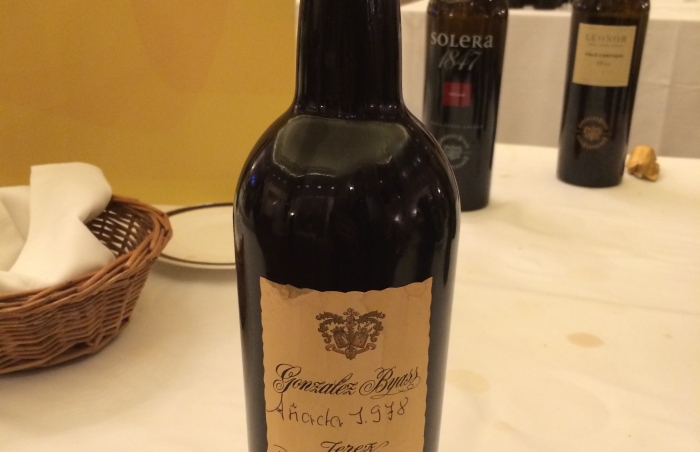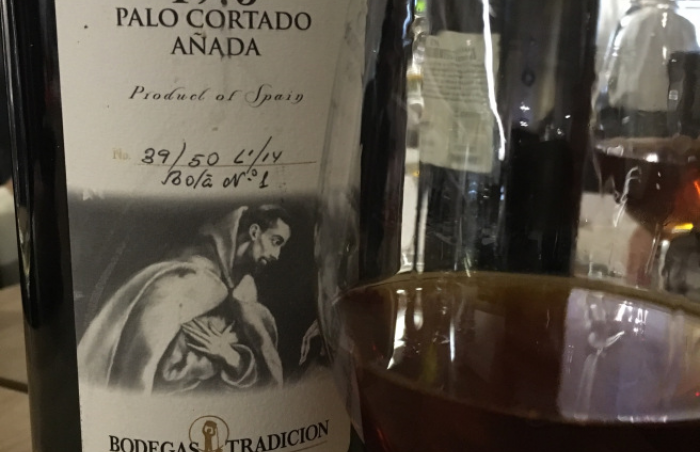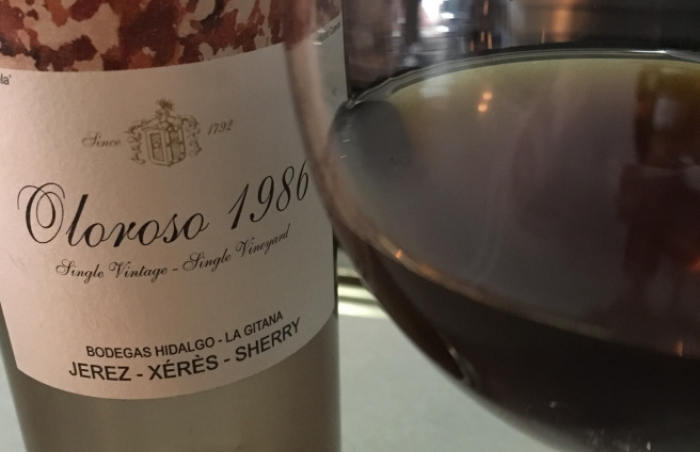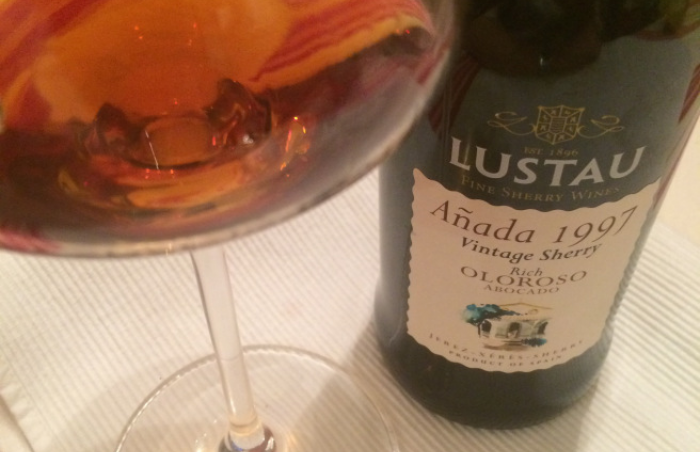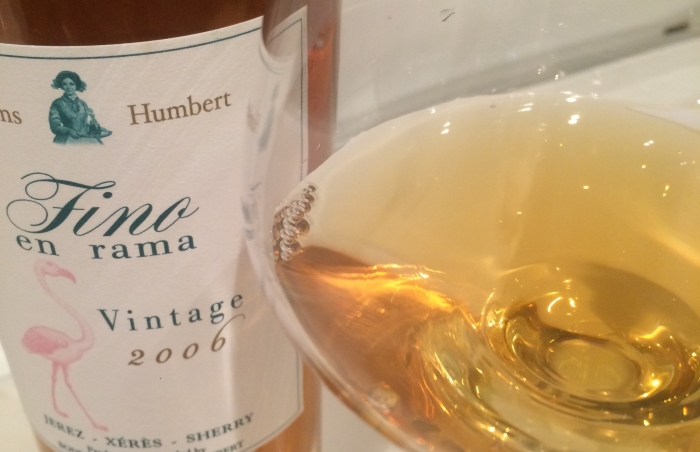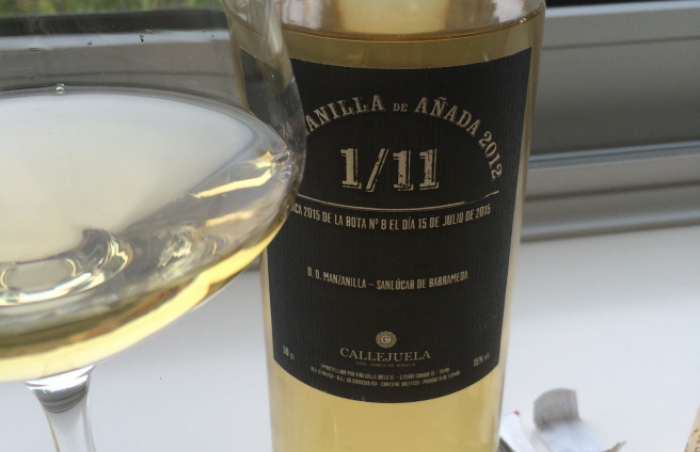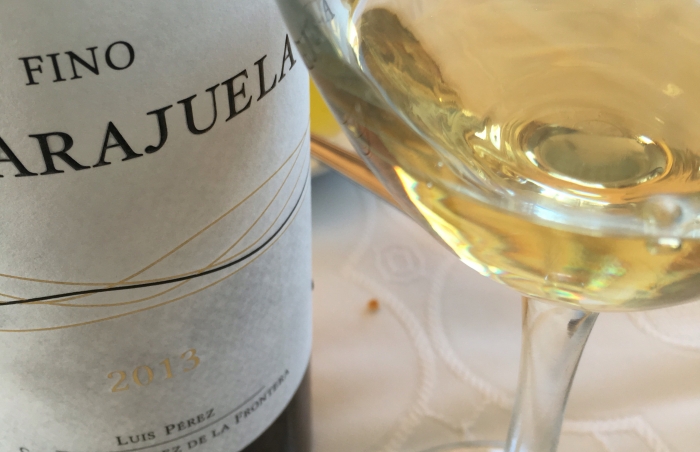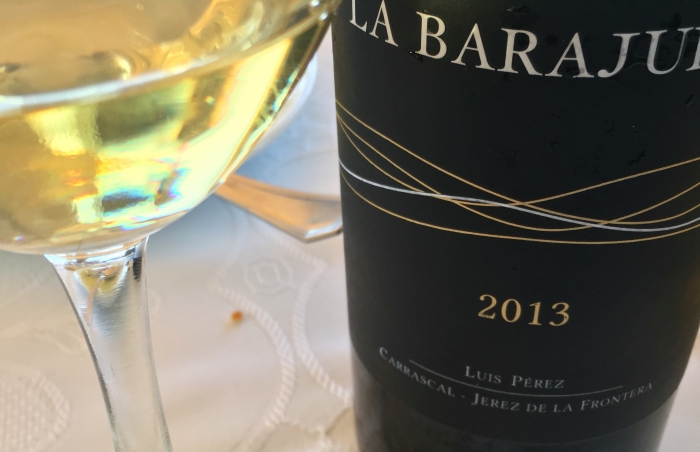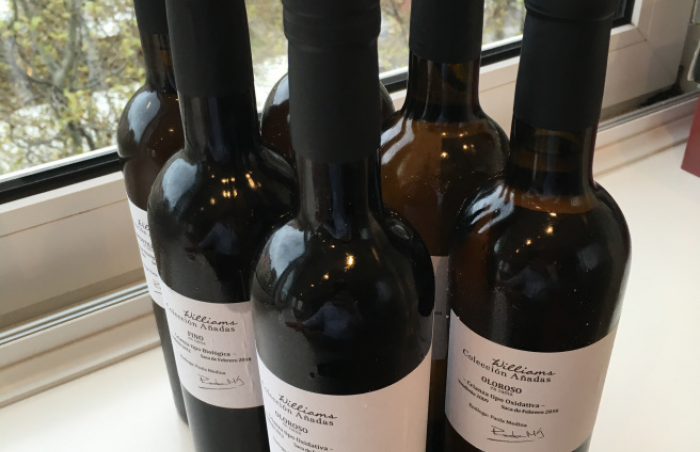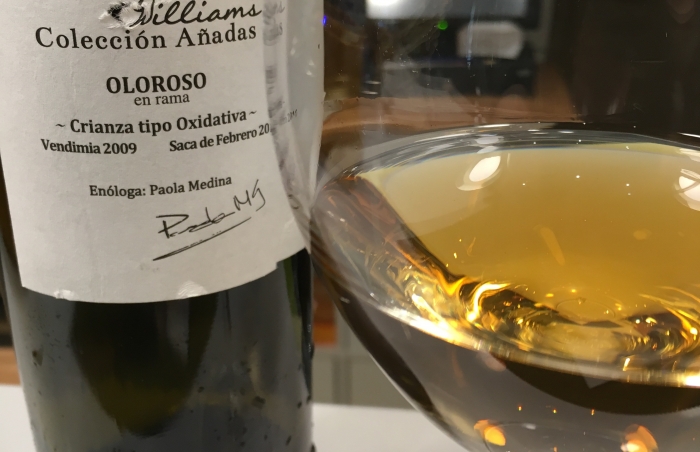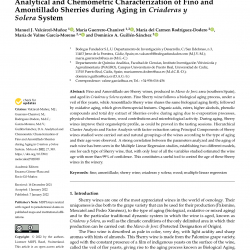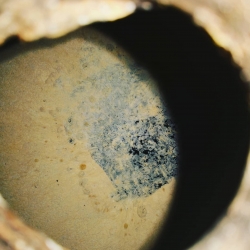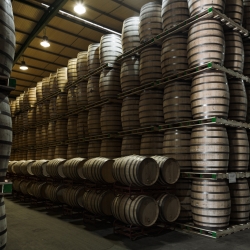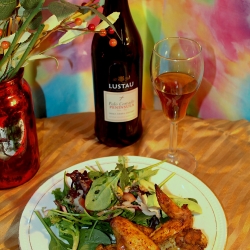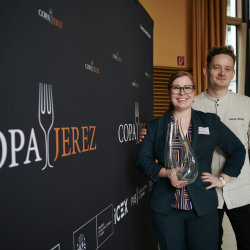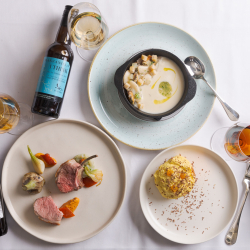Vintage sherries: past, present and future
The wines of Jerez and Sanlucar will always be associated with the solera system, an invention of considerable genius used to create many of the greatest wines made anywhere in the world. By combining wines through the system and employing different techniques in the soleras makers are able to create wines of amazing complexity and refinement. But it wasn’t always this way – although the region has been a world famous wine producer for over four hundred years, the solera process really only came into vogue around 150 years ago.
Even today it would be a mistake to think that all Sherries and Manzanillas are the product of soleras. On the contrary, many of the major producers keep certain botas apart for “static” ageing (as opposed to the dynamic ageing of the solera). Those wines are then released as “vintage” or “añada” (literally, harvest) wines of a given year (note that dated “sacas” tell you when the wine was extracted from the solera, while the “añada” or "vintage" tells you the year the fruit was harvested).
Most importantly, the resulting wines are different in character to their solera counterparts. While it is dangerous to generalize about such unique wines, in my experience the younger vintage wines are somewhat richer, less chiselled and refined, while the older vintage wines are (even) more elegant and expressive. In short, they really are worth trying and, while the numbers of bottles released in recent years has been limited, those releases have been worth seeking out and the good news is that it looks like there are more to come.
Vintages past
I always distinguish between the old wines that are vintage in every sense, and the younger wines that are more añada than vintage. In the first category are some really lovely old palo cortados and olorosos and one regal old fino.
- The best known vintage wines on the market are almost certainly the Palo Cortado de Añada by Gonzalez Byass. I have been fortunate enough to have tried four - the 1974, 1978, 1983 and 1987 – and the abiding memory is of wines that are intense but joyful, structured but elegant. If I had to choose I would go for the 1974, which for me just had a bit more sizzle to it, but all four were extraordinary wines.
- In a similar vein, the Bodegas Tradición 1975 Palo Cortado, released in 2014, is another scintillating wine. I had this much more recently (and took better notes) and on the nose it is all elegance, nice salty caramel, fresh citrus, and maybe just a hint of polish. The palate is even more refined and elegant – a really clean, fresh and delicately structured mouthful. Perhaps what is most notable is that cleanliness and definition: not having been in a solera it doesn’t have that famous teaspoon of “infinitely old” wine and perhaps as a result is freed from some of the excesses of the really old solera wines (on the other hand neither does it perhaps reach the very heights of intensity either).
- Perhaps my favourite of them all is the Hidalgo la Gitana 1986 Oloroso. From a single vineyard (the legendary “Cuadrado Nuevo”), it spent twenty years statically ageing in botas before release in 2006. On the nose there are relatively muted aromas of old barrels and gingery spices, black treacle, and Christmas cake. Then on the palate it is downright lovely –a beautifully rich, Christmas-cake body to it and concentrated enough that you only need a merest sip to transmit black treacle flavours fading to toffee, coffee/black chocolate like bitterness and then cloves and woody spices.
- Another fantastic release was the Lustau 1997 Oloroso, from 2010. Made with fruit from the Montegilillo vineyard, this wine is a naturally sweet oloroso made by fortifying before the fermentation was complete and matured in American oak for 13 years. It has a fantastically complex nose of brown sugar and raisins, burnt caramel, polish and pine needles, a burnt taste to it, a slightly sticky texture and a really nice balanced range of flavours: black treacle, burnt sugar, sweet spices, and pine needles (again). Another really high class wine.
- Finally, to prove that not everything is a Palo Cortado or Oloroso, the Williams & Humbert 2006 Fino, a wine that was statically aged in botas, under flor, for eight years before bottling in 2014. It is a fascinating wine that I have had great fun tasting alongside finos from high class soleras. In comparison with those comparable solera wines it was not as compact or powerful but was just a touch more expressive and had a greater range of flavours: what really set it apart for me are dairy touches, with a touch of baked milk on the nose, a buttery texture and a buttery, yeasty flavour.
Vintages present
In the second category there are some “younger wines”, but only young in sherry terms – in any other region these are gran reservas. These have been released over the last 18 months and are even more focussed on expressing the characteristics of the “añada”.
- The Callejuela 2012 Manzanilla de Añada, released in 2015 with barely three years under flor, and another fascinating experience with a nose that mixes fruit and yeast, fresh herbs, green tea and apple/cider, a big and voluminous texture, and a compact and integrated palate with fruit and fresh herbs in quantity. Still a lot of glycerin so it is not as fine as others, but what it might lack in contours and definition it certainly makes up for in flavour.
- The 2013 Barajuela Fino and Oloroso, both by Bodegas Luis Perez and released in 2016 are again young’uns and again absolutely fascinating. If the three year old fino, which shows an amazing concentration and structure, is an experience, then the three year old oloroso is as far as I know absolutely unique. Of the two my favourite is the fino, with a punchy nose of almonds, melon, herbs and salinity, a big and muscular palate of mellow fruit like melon or pear, almonds, and some sapid zing. It is an intense experience, with a lot of body. Again, it still has a high glycerin content, but is big on structure and flavour and has a long, pleasant, fresh finish.
- Finally, perhaps the most exciting recent release of them all is the Williams & Humbert Coleccion Añadas, a case of six vintage wines bottled in February 2016 from the harvests of 2003, 2009 and 2012: a fino and oloroso from each of 2009 and 2012 and an oloroso and amontillado from 2003 (presumably the flor did not survive the 13 years). A really fantastic opportunity to try a range of wines from a single maker in identified harvests (and with the vintage 2006 Fino – if only there was a 2006 oloroso). I haven’t had a chance to try all six yet but the wines I have tried have been impressive, in particular the 2009 oloroso, which is just a gorgeous wine, with a plump, juicy profile and full of flavours of honey, fruit, alcohol, cake, sea-air and even campfire.
Vintages future?
So do hunt out these wines if you can. Sadly, the above releases have generally been very small – as little as a single bota or handful of botas - and represent only a tiny proportion of the wines on the market, but it really seems there is a renewed interest in the possibilities of vintage wines something which this enthusiast, for one, thinks is great news for the region.
I really believe that isolating wines from different harvests will permit makers to maintain the interest of critics and consumers (and, even more, collectors) year after year, to generate the scarcity enjoyed by vintages from other regions, to enable comparisons of the palomino vintages with those of other grapes, and even more importantly, to produce some unique and exceptional wines. As I said on the blog a while back, I can guarantee at least one consumer for any vintages released!
The views and opinions expressed in this article are those of the authors and do not necessarily represent those of El Consejo Regulador.


03 June 2016


